Australian Criminal Intelligence Commission
The Australian Criminal Intelligence Commission has today released the second report of the National Wastewater Drug Monitoring Program, revealing that some of the highest oxycodone levels nationally were seen at South Australian capital city sites, but methylamphetamine consumption has reduced since October 2016.
Minister for Justice, the Hon. Michael Keenan MP launched the report alongside Australian Criminal Intelligence Commission Chief Executive Officer, Mr Chris Dawson APM, in Perth.
“The Australian Criminal Intelligence Commission is aware of the diversion of prescription medications such as oxycodone and fentanyl from the legitimate market to the illicit market,” Mr Dawson said.
“While wastewater analysis cannot distinguish between licit and illicit use of these drugs, the level of use detected by wastewater drug monitoring indicates considerable scope for diversion to the illicit market.
“The Australian Criminal Intelligence Commission is committed to working with its partners to understand Australia’s drug market, disrupt criminal activity, and reduce the supply and demand of illicit drugs in this country.”
The second report of the National Wastewater Drug Monitoring Program also revealed, of the substances tested:
- South Australia had some of the highest capital city levels of oxycodone use.
- Similar to oxycodone, fentanyl levels were high in many regional sites, notably parts of South Australia.
- The highest methylamphetamine levels were seen at Western Australian and South Australian sites (capital city and regional).
- Comparing the latest findings of drug use with previous data for sites in Queensland and South Australia, current methylamphetamine levels have shown a decline since historical highs in October 2016.
- MDMA use in regional Western Australia and all sites across South Australia was well below the national averages.
- Alcohol consumption in regional South Australia and parts of Queensland was well below the national average.
“We are committed to providing a strong evidence base to inform policy and operational decisions and will continue working with our partners to connect, discover, understand and respond to the threat and harm caused by illicit drug activity,” Mr Dawson said.
For the second report, 37 wastewater treatment plants across Australia participated in the collection of wastewater samples covering thirteen substances. There were nine sites tested in South Australia, with samples collected in October and December 2016, and February 2017.
The Australian Criminal Intelligence Commission received $3.6 million over three years from Proceeds of Crime funding for the National Wastewater Drug Monitoring Program and has commissioned the University of Queensland and the University of South Australia to undertake the program and prepare the research reports containing its findings.
The report is available from the Australian Criminal Intelligence Commission website.
